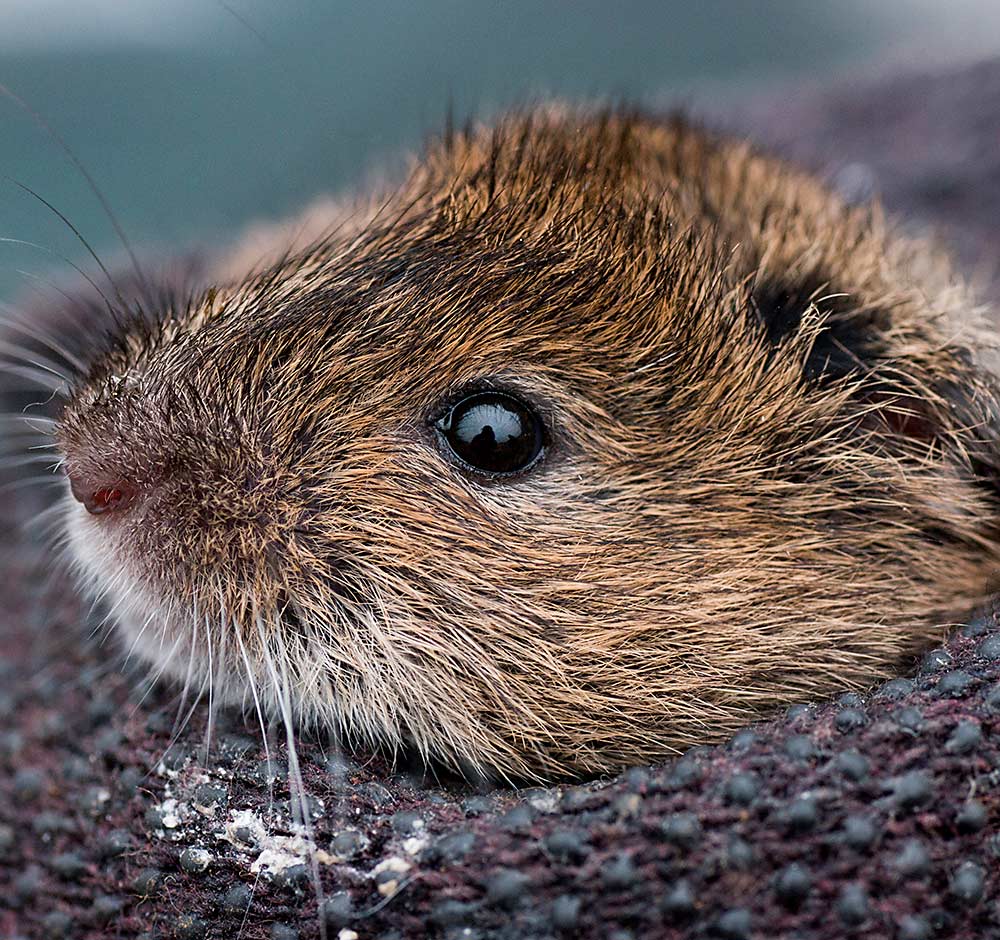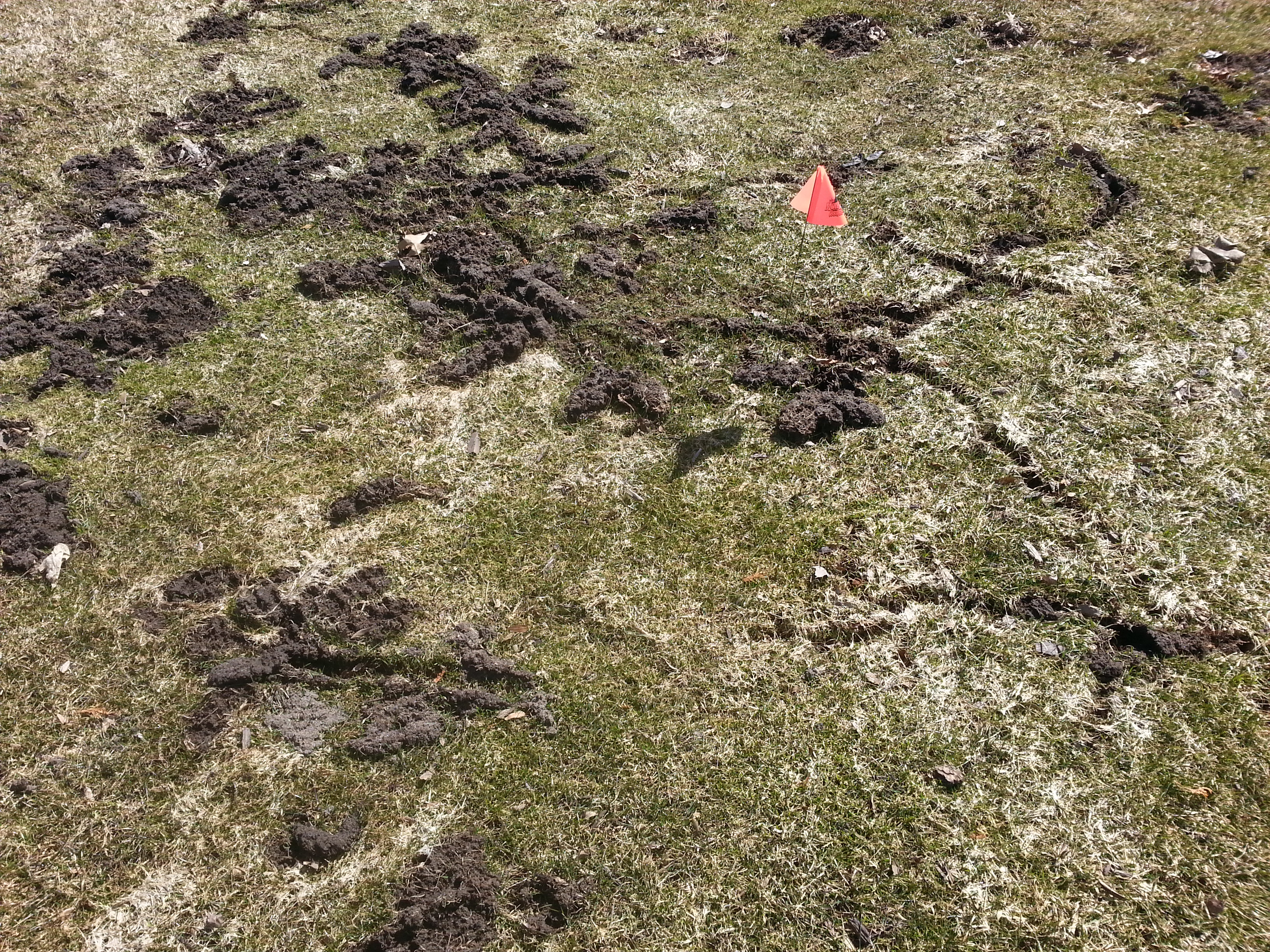Comprehensive Vole Pest Control Services in Utah
Comprehensive Vole Pest Control Services in Utah
Blog Article
Unleashing the Power of Vole Pest Control: Advanced Techniques for Infestation Obliteration and Treatment
As the perseverance of vole problems remains to challenge homeowner and agricultural experts alike, the pursuit for more reliable and effective parasite control approaches heightens. In the world of vole administration, traditional techniques usually drop brief in achieving lasting remedies. Current advancements in parasite control innovation and methods have actually opened new methods for combating these evasive rats. By discovering advanced trapping methods, strategic exclusion techniques, environmentally friendly repellents, and incorporated pest administration options, a promising horizon arises in the battle against vole problems.
Vole Bug Recognition and Analysis
Voles, little rodents that appear like mice but have much shorter tails, are commonly identified insects in gardens and lawns, needing detailed assessment to determine the degree of their problem. Recognizing voles involves acknowledging their distinct features, such as their stocky bodies, short legs, and small eyes. They are usually around 3 to 9 inches long and can vary in color from grey to brown.
Assessing vole infestations is vital for executing reliable insect control methods. Signs of vole existence consist of paths in verdant locations, damaged vegetation, and little burrow openings near the surface area. By inspecting these signs, residential property owners can determine the intensity of the invasion and develop ideal eradication techniques.

Cutting-Edge Capturing Methods
Efficient vole parasite control necessitates staying abreast of the latest developments in trapping strategies to efficiently handle infestations in yards and yards. One sophisticated method is the use of real-time traps that catch voles without triggering harm, enabling for their risk-free elimination and launch in an appropriate habitat away from domestic areas.
An additional ingenious trapping method involves using electronic traps that provide a quick and humane electrical shock to eliminate voles instantly. These catches are created to be secure for use around pet dogs and children while supplying an extremely reliable technique of vole control. Furthermore, some electronic catches are equipped with sensing units and remote monitoring capacities, making it possible for homeowners to track vole activity and catch condition from a range, enhancing the total efficiency of vole bug control initiatives. By including these sophisticated capturing methods into pest administration approaches, home owners can take on vole invasions with precision and empathy.

Strategic Exclusion Techniques
Implementing critical exemption methods is vital in stopping vole infestations and shielding yards and backyards from damage brought on by these parasites. One efficient approach is the setup of hardware towel barriers. These obstacles must be buried at least 12 inches deep and surge 6 inches in the air to avoid voles from burrowing underneath or climbing over them. In addition, pruning shrubs and trees to preserve a clear space in between the plants and the ground can help in reducing vole sanctuary and hiding spots.
One more key exemption technique is the usage of gravel or rock compost instead of organic mulch. These entry factors need to be sealed with products like concrete or steel blinking to prevent vole gain access to.
Eco-Friendly Repellents and Deterrents
Using eco-friendly repellents and deterrents is a lasting technique to managing vole populations and reducing damages to yards and lawns. Environment-friendly alternatives are acquiring appeal because of their effectiveness in repelling voles without causing injury to the environment, pets, or valuable wild animals. One usual green approach is using natural vole repellents such as castor killer, oil, or garlic urine, which create undesirable aromas for voles, driving them away from dealt with locations.
One more environmentally friendly deterrent is making use of physical barriers like cable mesh or equipment towel to secure susceptible plants and light bulbs from vole damages. These obstacles function as a safety net against vole intrusion while enabling for appropriate oygenation and drain in the soil.
Additionally, presenting vole killers like owls or mounting nest boxes can aid naturally control vole populaces in a garden or lawn. By encouraging all-natural killers, a well balanced ecosystem can be maintained without use this link the requirement for damaging chemicals or catches. Overall, integrating green repellents and deterrents in vole pest control strategies advertises lasting and ecologically aware practices.
Integrated Parasite Monitoring Solutions
An all natural approach to handling vole populaces and mitigating damage in this content yards and gardens involves the detailed approach of Integrated Bug Management Solutions. Integrated Pest Monitoring (IPM) incorporates numerous strategies to address vole infestations successfully while reducing ecological influence. This method incorporates organic, social, physical, and chemical control techniques to attain long-term pest control.
One key facet of IPM is the emphasis on avoidance. By implementing measures such as habitat adjustment, exclusion techniques, and keeping correct garden health, property owners can produce environments much less helpful to vole habitation. Furthermore, biological controls, such as presenting all-natural killers or using vole-resistant plant varieties, can aid handle vole populations without considering chemical treatments.
This decreases the total pesticide load on the ecosystem while properly managing vole populations. By taking on Integrated Parasite Monitoring Solutions, house owners can accomplish lasting vole bug control while advertising ecological community wellness in their gardens and lawns.
Final Thought
To conclude, the advanced strategies for vole insect control reviewed in this article offer effective remedies for problem elimination and treatment. By carrying out a mix of capturing, exemption, repellents, and incorporated pest administration methods, property proprietors can successfully manage vole populations and protect against additional damages. It is essential to effectively assess and recognize vole insects, and use environmentally friendly approaches to attend to invasions in a sustainable fashion - vole lawn damage. These techniques offer an extensive method to vole insect control for long-lasting success.
As the determination of vole problems continues to challenge property proprietors and agricultural experts alike, the quest for extra effective and reliable bug control techniques escalates. Furthermore, some electronic traps are geared up with sensors and remote monitoring abilities, enabling property owners to moved here track vole activity and catch standing from a range, boosting the total effectiveness of vole bug control efforts. One typical eco-friendly approach is using natural vole repellents such as castor predator, garlic, or oil pee, which develop unpleasant fragrances for voles, driving them away from dealt with locations.
Moreover, introducing vole killers like owls or setting up nest boxes can aid naturally control vole populations in a yard or yard. By adopting Integrated Pest Monitoring Solutions, home owners can accomplish sustainable vole parasite control while promoting environment health in their gardens and backyards.
Report this page